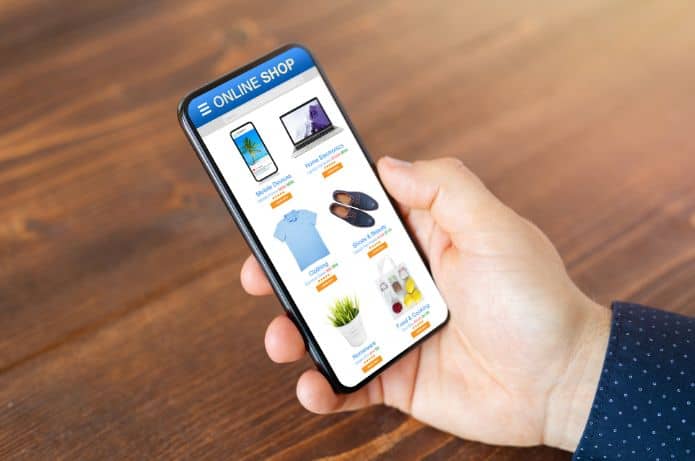Philip Kotler, in his book " Marketing Management ," states that acquiring a new customer costs five to seven times more than retaining an existing one. After all, repeat customers don't need to invest marketing effort to introduce the brand and gain trust. These consumers already know the company, its service, and its products.
In the online environment, this task is more strategic due to the lack of face-to-face . Building customer loyalty in e-commerce requires specific actions to satisfy consumers, strengthen relationships, and encourage repeat purchases.
This may seem obvious, but you can only retain customers who are satisfied with their experience. If they're dissatisfied due to an error in the payment process or a delayed delivery, for example, they may not return and may even speak negatively about the brand.
On the other hand, loyalty is also beneficial for consumers. When they discover a reliable e-commerce site with quality products at fair prices, good service, and on-time deliveries, they don't get frustrated and begin to see that store as a reference. This builds trust and credibility, as the company provides excellent service.
In this scenario, two elements are crucial to ensuring customer loyalty: delivery and pricing. It's worth learning about some essential strategies to strengthen these operations, especially in the virtual environment:
Last mile investment
The final stage of delivery to the consumer is key to ensuring a good experience. For a company with a national footprint, for example, it's crucial to partner with local organizations that can handle deliveries in a more personalized manner. Additionally, one tip is to promote exchanges and training with regional delivery drivers so that the package arrives in perfect condition and with the brand's image. Finally, this strategy also lowers costs and reduces shipping costs for the consumer, solving one of the main pain points in today's online sales market.
2) Packaging
Packaging the product is crucial. Treating each delivery as unique, taking into account the packaging needs and specific characteristics of each item, is essential to ensure proper handling. Furthermore, personalizing deliveries with personalized touches, such as handwritten cards, perfume sprays, and gifts, makes a difference.
3) Omnichannel
Relying on data tools and in-depth, careful analysis is essential for a business to deliver this experience to the consumer. The benefits are numerous. First, there's more assertive communication and smarter strategies when we implement omnichannel , as the user has a unified online and offline experience. Service becomes even more personalized and precise.
4) Marketplace
Accessing a broader offering environment allows for a variety of shopping options. This allows customers to meet their diverse needs, offering options for all tastes and styles. Today, this tool has become essential for e-commerce. It's essential to offer diverse options, with assertive solutions for the customer's needs, as well as focusing on diverse offerings with low prices.
5) Inclusion
Finally, considering inclusive platforms enables democratic service and reaches an even wider audience. Offering purchases over the phone or via WhatsApp, as well as personalized customer service through customer service, are popular options today.









